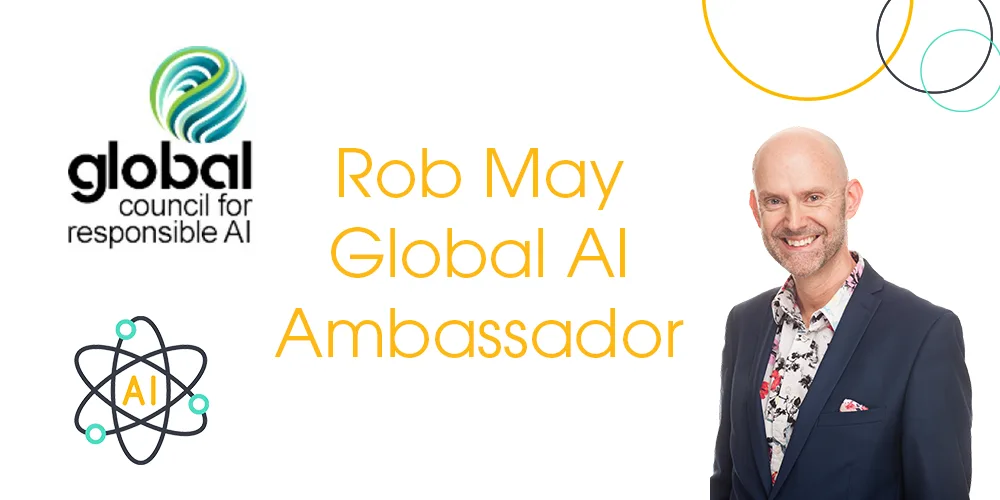The power of customisation: Creating tailored GPTs with ChatGPT

Posted on May 23, 2024 by Rob May
Welcome to our technical blog, where we share insights and expertise on a variety of technical topics. This post is part of our ongoing series, specifically aimed at professionals in technical roles, providing in-depth information and practical tips.
In the fast-changing world of artificial intelligence, the ability to customise and refine AI models to suit specific needs has become a game-changer for many industries. OpenAI’s ChatGPT, was an innovator in this area and whilst others have copied ChatGPT still has benefits that other tools do not. With the capability to create custom versions of GPT (Generative Pre-trained Transformer), organisations and individuals can now tailor their AI interactions to be more relevant, efficient, and aligned with their unique requirements. Let’s dive into what this means and how you can harness the full potential of custom GPTs in ChatGPT.
Understanding custom GPTs
At its core, a custom GPT is an adaptation of the base model of an AI that has been fine-tuned to understand and generate text that is specific to a particular domain or set of tasks. This customisation allows the model to perform with greater accuracy and relevancy within a particular context, whether that be healthcare, finance, customer service, or any other field that relies heavily on nuanced language.
Why customise?
- Enhanced Relevance: Custom GPTs can understand and generate industry-specific jargon and nuances, making them particularly valuable for professional sectors where precision and context are key.
- Improved User Experience: By tailoring responses to the specific needs and expectations of a target audience, businesses can significantly enhance user engagement and satisfaction.
- Efficiency in Task Handling: Custom models can automate and handle tasks uniquely relevant to a particular business or industry, reducing the workload on human teams and increasing overall efficiency.
Creating your own custom GPT
Creating a custom GPT with ChatGPT involves several key steps:
- Define the Scope and Purpose: Identify what you need the custom GPT to do. Are you looking to enhance customer support, generate more relevant content, or improve data analysis? Defining the scope will guide the training process.
- Gather Data: The quality and quantity of training data are crucial. For a custom GPT, you need a dataset that represents the types of interactions or content you expect the model to handle. This data should include examples of the tasks you want the GPT to perform, such as answering customer inquiries or generating reports.
- Fine-Tuning the Model: Use the gathered data to train or fine-tune the model. This process adjusts the model’s parameters to better understand and generate text based on your specific data.
- Testing and Iteration: After fine-tuning, it’s crucial to test the model with real-world scenarios to ensure it performs as expected. Based on feedback, you may need to make adjustments and further refine the model.
- Integration and Deployment: Once satisfied with the custom GPT’s performance, integrate it into your systems and workflows. This might involve setting it up on a cloud platform, within chat systems, or embedding it in other enterprise software solutions.
Challenges and considerations
While creating custom GPTs opens up numerous possibilities, there are challenges and ethical considerations:
Data privacy and security: Ensuring that the data used for training does not violate privacy laws or ethical norms is crucial, especially in sensitive fields like healthcare and finance.
Bias and fairness: Training data must be diverse and representative to avoid perpetuating biases that could lead to unfair or harmful outcomes.
The future is custom
As we move forward, the ability to create custom GPTs will play a pivotal role in how businesses and individuals leverage AI to meet their specific needs. This customisation not only enhances the functionality and applicability of AI models but also marks a significant step towards more personalised, responsive, and responsible AI systems.
The journey to creating and implementing a custom GPT in ChatGPT is not just about leveraging advanced technology; it’s about crafting AI solutions that are as diverse and dynamic as the problems we face today. By embracing custom GPTs, we are paving the way for a future where AI is not just a tool, but a tailored partner in our digital endeavours.
Find out how ramsac can help you prepare your organisation for AI, click here.

Take the ramsac AI Readiness Assessment
Our AI readiness assessment looks at what your organisation needs to implement AI, and provides you with clear guidance and support to make it happen.







